 Alice Baron
Alice Baron
Discovering Santa Margherita del Gruagno
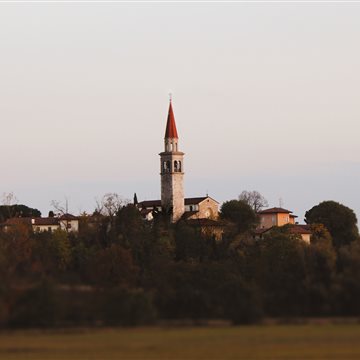
16Nov2021


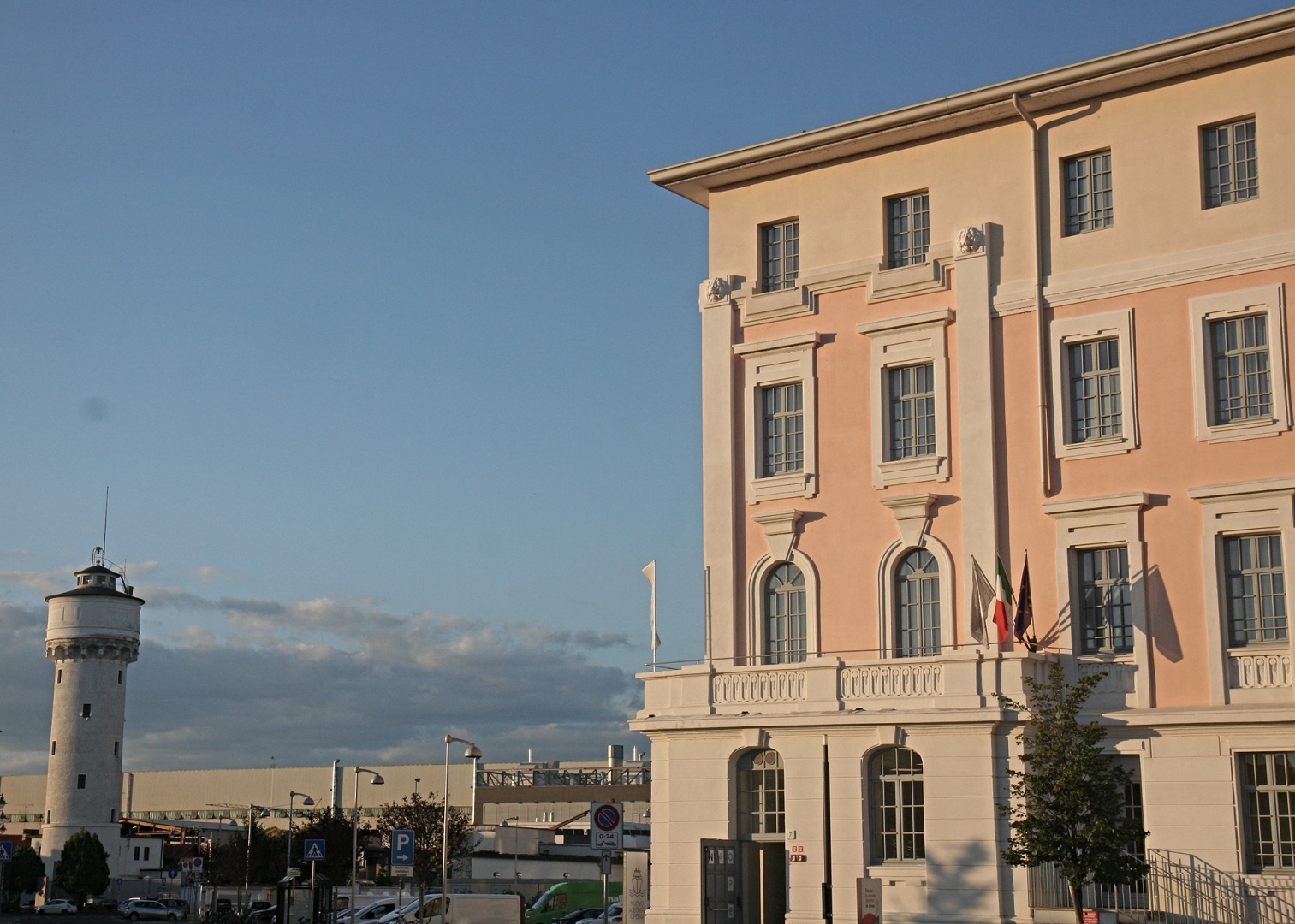
Find out about the ideas and offers for this experience in Friuli Venezia Giulia

 Alice Baron
Alice Baron

 Marina Del Colle
Marina Del Colle
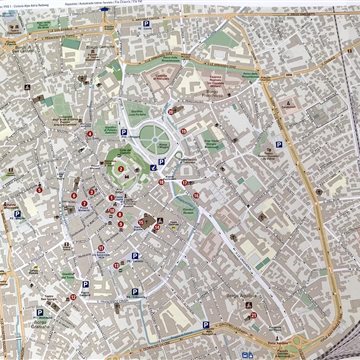
 Francesco Nguyen
Francesco Nguyen
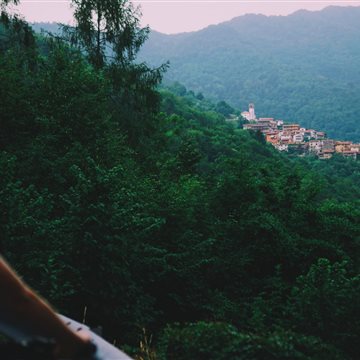
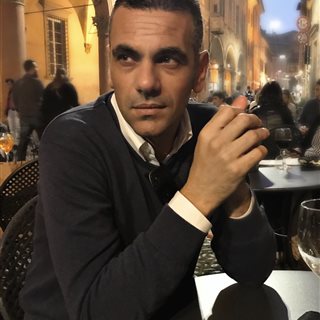 Michele Angelicchio
Michele Angelicchio